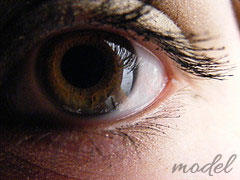
Having cosmetic work done on the eyelids is a very popular plastic surgery operation. This adaptive procedure is called blepharoplasty, and the results can be customized based on an individual client’s aesthetic desire. Those who are new to the surgery procedure will be pleased to find all the basic facts here.
What is the desired outcome of the procedure?
The goal of this procedure is to give the patient a rejuvenated look. He or she should look well rested, alert, and more youthful once it’s complete.
Which portion of the eye area is targeted?
The upper or lower eyelids, or both, can be targeted specifically for the best results. When targeting the upper eyelid area, excess fat can be removed to reduce the appearance of puffiness. Loose or sagging skin can also be addressed. Underneath the eye, fine wrinkles, bags, and droopiness are all common signs of aging that can be minimized by choosing a blepharoplasty.
Do patients have to make any lifestyle changes before or after the procedure?
As with all types of plastic surgery, it is recommended that patients quit smoking habits before an operation takes place. This will lessen the possibility for infections and promote a healthier recovery. Following the procedure, it is important to use very dark sunglasses and stay out of the sun as much as possible.
What are the characteristics of a good candidate?
Patients who have a life-threatening illness or major medical condition may not be suited for any type of plastic surgery. Those with a serious eye disorder, such as glaucoma, dry eye, or a detached retina, will need to discuss their situation with a surgeon before knowing whether they’re eligible. Good candidates should have realistic expectations about the outcome of the procedure.
What are the most common side effects during recovery?
During recovery, patients may experience bruising, swelling, irritation, or discomfort. Pain medications may be prescribed, and cold compresses will often lend relief.
